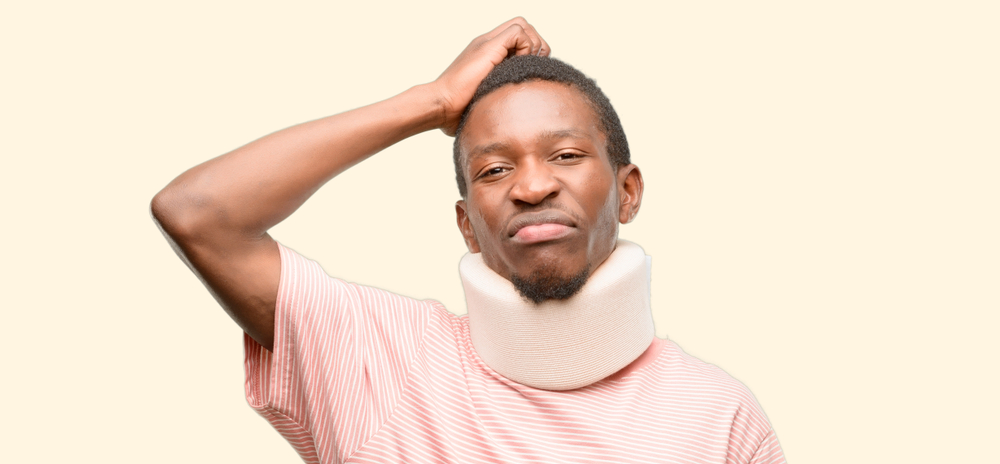
This is an ongoing series where Attorney Zach Herbert outlines the phases of an average personal injury case. Not every case will follow this exact outline, as each case is different.
No one ever imagines that they will be injured as a result of someone else’s negligence. But when it happens, most people are unsure of what to expect during a personal injury case. When a person is injured and in need of a Richardson personal injury attorney, the following is an outline of what to expect.
Phase 1: Reporting claim/treatment
When you are involved in a personal injury event, such as a car wreck, 18 wheeler wreck, or slip and fall, reporting the event to the insurance company begins the entire process. It is crucial to not delay this first step. There could be multiple insurance companies involved, complex coverage issues, or specific reporting requirements related to the claim. Finding coverage is important at this step in the process. If there is no insurance available, then it will become very difficult to obtain compensation.
Once coverage is identified, the insurance company(ies) involved will need basic information to be able to “set up a claim” and assign a claim number to the case. This number should be on all correspondence to make sure that everything is being saved by the insurance company to the correct file. In a car wreck, insurance companies need the basic facts of the wreck, a police report if available, a general nature of the injuries, and names all parties involved and any witnesses.
While all of this is going on, so is treatment. All personal injury events involve medical treatment. This may be from a hospital, orthopedic doctor, chiropractor, or primary care physician. At this point, documentation is key. While you can say to an insurance company that you are hurt, there is no proof unless you are checked out by a medical professional and he or she writes your symptoms and diagnosis down in a medical record. At this point, every case is different. Some cases last a very long time while treatment is completed. Some cases are very short, as minor injuries do not take as long to treat. At the end of the day, the point of all of this is to get a clear picture of what was caused by someone else’s negligence. To put it a different way, the insurance company needs to know what happened and what was hurt.
Phase 2: Liability Determination
Every case will have a liability determination early on. This is done by the insurance company after gathering the basic facts of the case and speaking to any witnesses. A liability determination is important because it is a key part of any personal injury case. Liability is another way of saying “who is at fault” or “who is responsible.” If the other person is not found to be at fault or responsible by an insurance company, then they will refuse to pay, no matter how badly a person is injured. We call this “denying liability.” This is not necessarily the end of the world, as there are ways of getting over a bad liability determination. However, more evidence is needed. For example, if a person runs a red light and hits you, but tells his or her insurance company that their light was green, then the insurance company will most likely deny liability. But if a police report is made that places responsibility on the other person, or if a witness can be found, then the liability determination may be reversed.
Most times liability is “accepted” by the insurance company. This now allows the insurance company to begin to pay for damages caused by their insured. A good example of this is property damage. Once liability is accepted, the insurance company will assess the property damage and make an offer to pay. In the case of car wrecks, this is usually the fair market value of the vehicle right before the wreck occurred. Many times, this is less than what a new car will cost, or less than what is owed on the car. It is important to purchase gap insurance to defray the costs incurred in these situations.
Personal Injury Protection and Medical Payments coverage, purchased through your insurance company, do not require a liability determination before paying for damages. If you have purchased collision insurance and decide to go through your insurance company, no liability determination is required before your insurance will begin paying for damages.
If you have been injured as a result of someone else’s negligence, you may be entitled to receive compensation and should speak with Lawyer Zach Herbert at Herbert & Eberstein today.
Next up: Phase 3. Gathering Evidence/Demand
Media Contact:
Attorney Zachary Herbert
T: (214) 414-3808